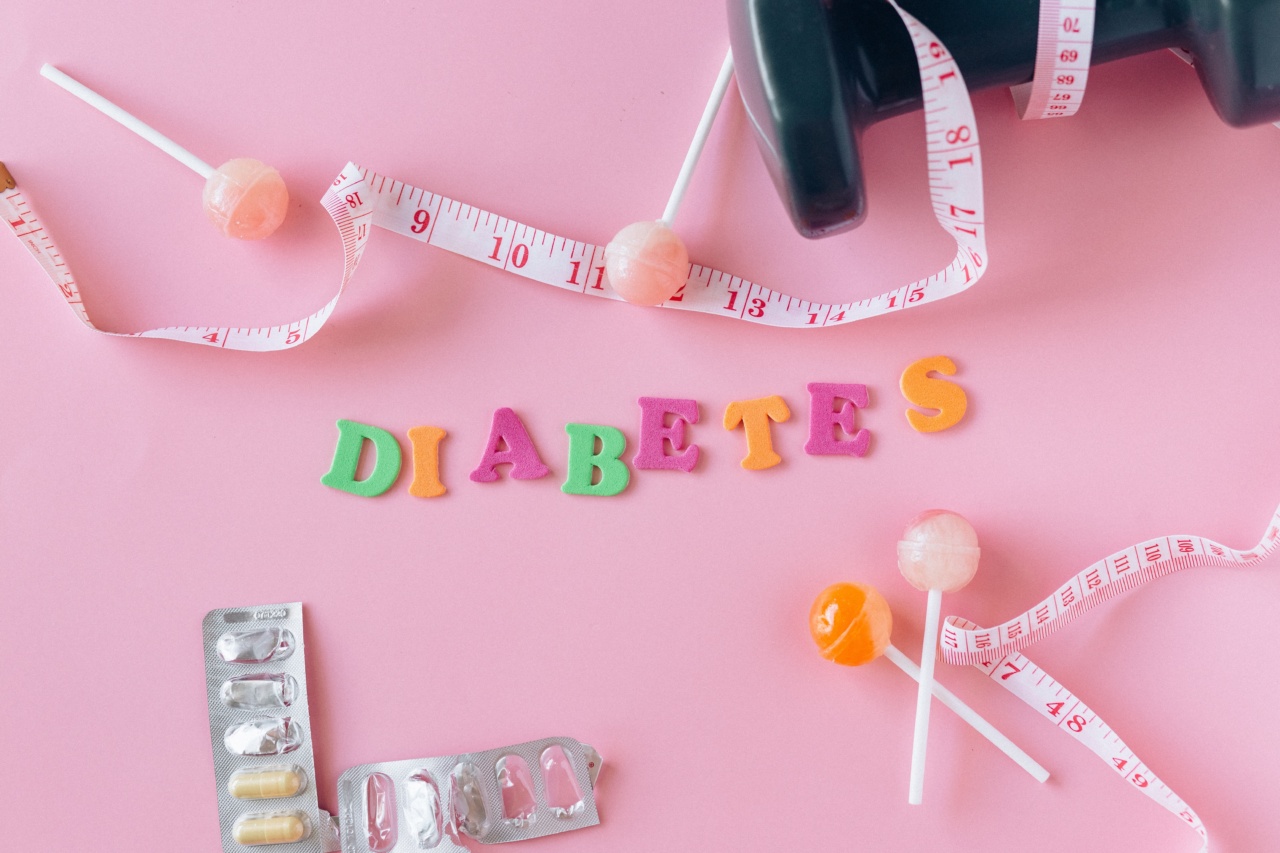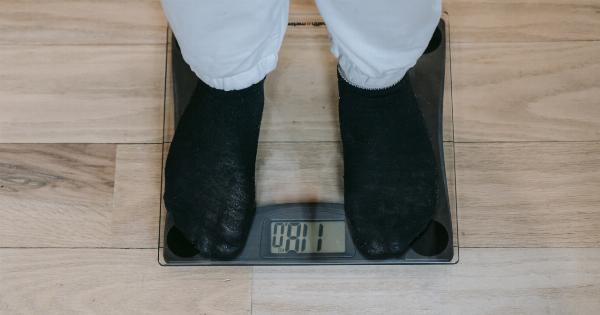Obesity and diabetes are two of the most common health problems affecting millions of people worldwide. While the reasons behind these health issues can be varied, weight gain or excess weight is often a contributing factor.
Many people try to reduce weight, but the difficulty lies in determining the right amount of weight loss required to reduce the risk of obesity and diabetes. The goal of this article is to help you understand how much weight loss is necessary to lower the risk of these conditions and how to safely achieve this result.
Understanding Obesity and Diabetes
Obesity is a medical condition characterized by excessive body fat that increases the risk of various health problems, including diabetes, heart disease, and some cancers.
Diabetes is a chronic disease that affects how your body uses glucose, a type of sugar found in foods. High levels of glucose in the blood for an extended period increase the risk of various health problems, including heart disease, nerve damage, kidney damage, and blindness.
The Link Between Weight Loss and Obesity and Diabetes
When a person gains weight, it causes the body to become insulin-resistant, leading to an increased risk of developing type 2 diabetes. One of the most effective ways to lower this risk is by losing weight.
In general, losing weight can help lower blood glucose levels and improve insulin sensitivity, which can lead to decreased dependence on medication or insulin injections. Weight loss has also been found to lower the risk of heart disease, hypertension, and other conditions related to obesity.
The Right Amount of Weight Loss
The right amount of weight loss depends on your current weight, BMI (Body Mass Index), and other factors such as age, gender, and medical history.
However, losing as little as 5% of your body weight (or 5-10% for those who are overweight or obese) can significantly reduce your risk of developing type 2 diabetes. This means if you weigh 200 pounds, losing 10 to 20 pounds is enough to make a difference.
How to Lose Weight Safely
Losing weight is not easy, but it’s important to do it safely.
Crash diets and excessive exercise can lead to rapid weight loss, but they can also cause your body to stop burning fat and instead start burning muscle, which can lead to a host of health problems. Instead, focus on making lifestyle changes that incorporate a healthy diet and regular exercise to promote sustained weight loss. Here are some tips for safe weight loss:.
1. Eat a Balanced Diet
Eating a balanced diet that includes a variety of fruits, vegetables, lean protein, and whole grains is essential for healthy weight loss. Avoid processed foods, sugary drinks, and junk food, which are high in calories and low in nutrients.
2. Exercise Regularly
Engage in regular physical activity, such as walking, jogging, or swimming, for at least 30 minutes a day, five days a week. Strength training is also essential for building muscle and burning calories.
3. Drink Plenty of Water
Drinking plenty of water can help you stay hydrated and feel full, which can reduce your appetite and prevent overeating.
4. Get Plenty of Rest
Getting plenty of rest is essential for healthy weight loss. Lack of sleep can lead to increased hunger and cravings, making it more difficult to stick to a healthy eating plan.
5. Seek Professional Help
If you’re struggling to lose weight on your own, seek the help of a healthcare professional, such as a dietician or personal trainer. They can provide personalized advice and support to help you achieve your weight loss goals.
Conclusion
Losing weight is essential for reducing the risk of obesity and diabetes, but it’s important to do it safely and sustainably.
By making lifestyle changes such as eating a balanced diet, getting regular exercise, drinking plenty of water, and seeking professional help, you can achieve your weight loss goals and improve your overall health.





























